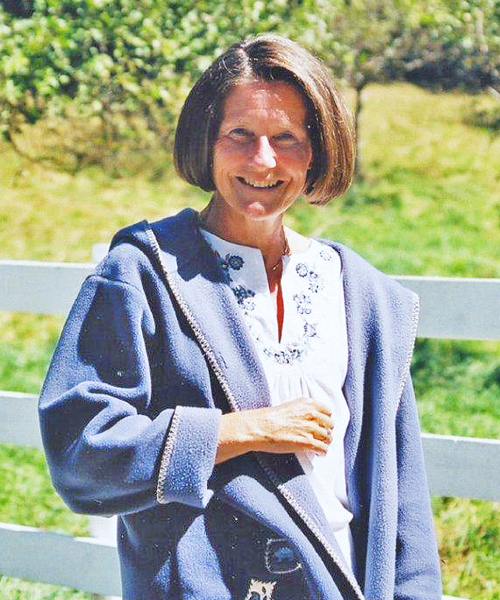
Most of us understand at least the rudiments of genetics today. We understand that each plant or animal inherits half its genes from each parent, and that some genes are dominant and some recessive. That knowledge, though, is fairly recent, yet farmers were breeding livestock and plants with the goal of improving their herds for many years before that.
How did they do it, and how much are current breeding practices still influenced by older ideas? Those are some of the questions historian Margaret Derry will tackle in her presentation during the Department of History’s Rural Roundtable series. Derry’s presentation, entitled “Art and Science in Breeding: Creating Better Livestock,” will be held March 8 from 1:30 to 3 p.m. in the library’s Florence Partridge Room.
“I want to talk about which aspects of breeding are ‘art’ and which are ‘science,’” says Derry, an adjunct professor of history at U of G and an associated scholar of the Institute for History and Philosophy of Science at the University of Toronto. “A lot of what looks like science is really art, based on what was done in the past.”
She plans to share the story of Robert Bakewell, an 18th-century tenant farmer in England who is credited with developing the first well-known breeding system. “His ideas were quite revolutionary at the time,” says Derry. “He proved, for example, that you could have some inbreeding (breeding animals that are closely related) and, if you were careful about it, this could help you establish defined breeds with the qualities you wanted.”
Prior to that, most breeders were adamantly opposed to inbreeding because of the risk of passing on serious illnesses or conditions.
Bakewell also believed in the progeny test, says Derry. “He focused on the males and would loan his bulls or rams or stallions to neighbouring farmers, then see what kind of offspring were produced. A male animal that produced high-quality offspring, no matter what the animal was like or what his ancestors were like, was ranked positively by Bakewell.”
Before this, ancestry breeding was the usual approach, where animals were considered to be good breeding prospects if their ancestors had performed well. “This concept still influences us today,” Derry adds. That’s why people want to see the pedigrees of the horses they buy, for example.
Derry says this is part of the “art” of breeding: the idea of pure lines that breed true. The Thoroughbred horse, for example, was created when three Arabian stallions were brought to England and bred with local mares. All of today’s Thoroughbreds are descended from those three stallions. “The breed was really created with hybrid vigour,” Derry points out, “but the breeders of the time talked about purity and quality.”
As horse racing grew in popularity, officials began keeping records to ensure that the horse that ran in a particular race was the actual horse that had been entered. This was also the beginning of pedigrees, as the ancestry of each horse was recorded. Derry says owners soon learned that a pedigree increased the value of a horse or other animal.
The hybrid vigour mentioned as a factor in the founding of the Thoroughbred breed is a concept known to livestock breeders since Roman times, according to Derry. If two animals from unrelated breeding lines are bred, you sometimes get offspring that are superior to both parents. “We don’t really understand why this happens,” she adds.
Once the theories of Darwin and Mendel began to be widely accepted, breeders were able to better understand how various traits were inherited. This led to more scientific approaches and work to determine which traits were recessive and which were dominant.
Modern corporate chicken breeders have taken advantage of this knowledge to produce chickens that are ideally suited for agricultural purposes, but which will not breed true. That means farmers have to go back to the breeder for their new chicks each time. “The chicken lines and hybrids are actually patented,” says Derry. “There are now only about five companies in the world breeding chickens.”
Other scientific advances have changed animal breeding and will continue to do so. Derry says her presentation will include information on modern genomics, which she believes “will revolutionize everything. Instead of having to wait until the animal grows up, breeders will be able to look at the genes at birth and know what qualities he or she will have.”
The University of Guelph, she adds, is the perfect place to research and develop these ideas because of the expertise on campus in history, agriculture and biological science. “In another 20 years, the breeding of livestock will look quite different,” she says. “New technologies will erase the systems from the past.”